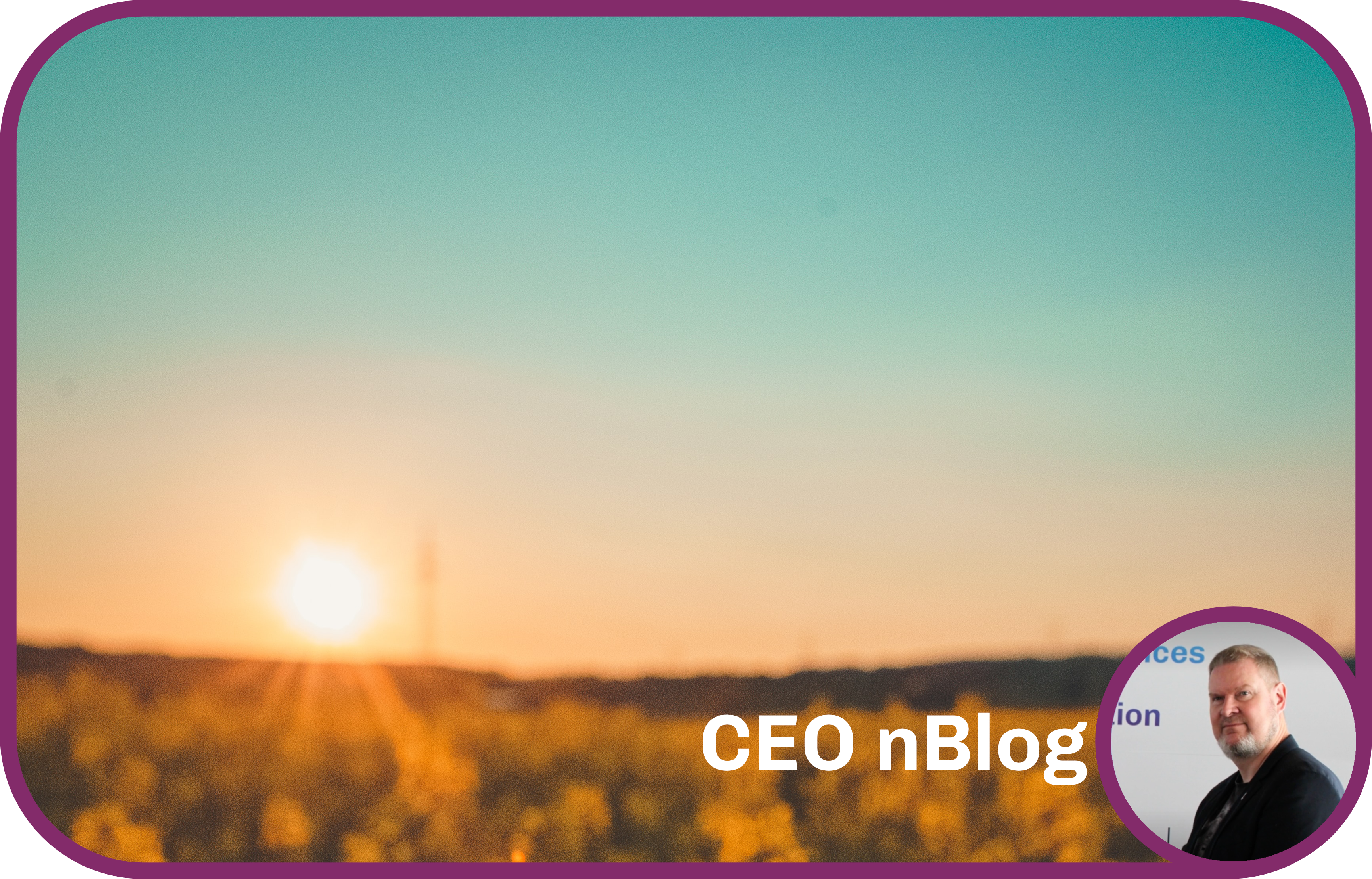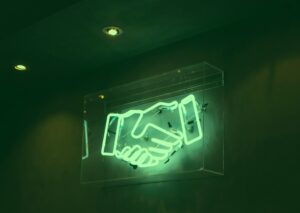My early work experience and some of my greatest leadership examples come from A. Ahlström. A. Ahlström is a Finnish family company established in 1851. I joined as a 13-year-old intern in 1984. I observed a company weather two world wars, innovate business, and adapt amidst global shifts. In 1931, A. Ahlström was the largest company in Finland, both in revenue and personnel. During the thriving 1920s, they constructed ocean-going ships. That was quite an impressive feat for a forest and paper company challenged by Finland’s merchant fleet constraints.
At my time there the company was still led by the original Ahström family, which was no stranger to crises, having incorporated during the upheavals of the Crimean war in 1850s. This mindset of sustainability was endorsed by my mentor, Jan Inborr, a 45-year Ahlström veteran and BaseN board member. He articulated the company’s enduring commitment to sustainability: Always have about three core competencies and business areas, so that each one of them can sustain the company during unexpected external changes.
And this is how I run BaseN today – against the 2000s business mantra of concentrating in the one thing you do best. Across industries, rediscovering the potency of sustainability is vital. Often sidelined for short-term cost savings and stifled by generational innovation decline, its significance warrants renewed focus.
Visionary Leadership and the Road Ahead
A. Ahlström’s leadership embraced evolving tech. They adopted email (Amail) in the 1980s and established a 250-site IP network in 1992, connecting offices and factories – a project I engineered. In the words of CEO Krister Ahlström at the time, “We must utilize the latest digital technologies in order to maintain our competitive edge”, as we as IT formulated for his annual report.
Krister was, and is a visionary. Today, his 1990s message gains relevance. We transition beyond digitizing supply chains and production, entering an era of sustaining customers through digitally augmented physical products.
Most businesses used to the 200-year-old fire-and-forget business model this is a major change. The perpetual customer relationship and responsibility may sound like risks. But they are the only ways to reach real sustainability – financial, environmental and of generational, accumulating knowledge. For virtually all businesses.
Check also this related nBlog: Roots of Sustainability





4 replies on “Sense and Sustainability”
To the basen.net owner, Great job!
To the basen.net admin, Your posts are always well-timed and relevant.
Dear basen.net admin, Thanks for the well-presented post!
Dear basen.net admin, Your posts are always well-referenced and credible.